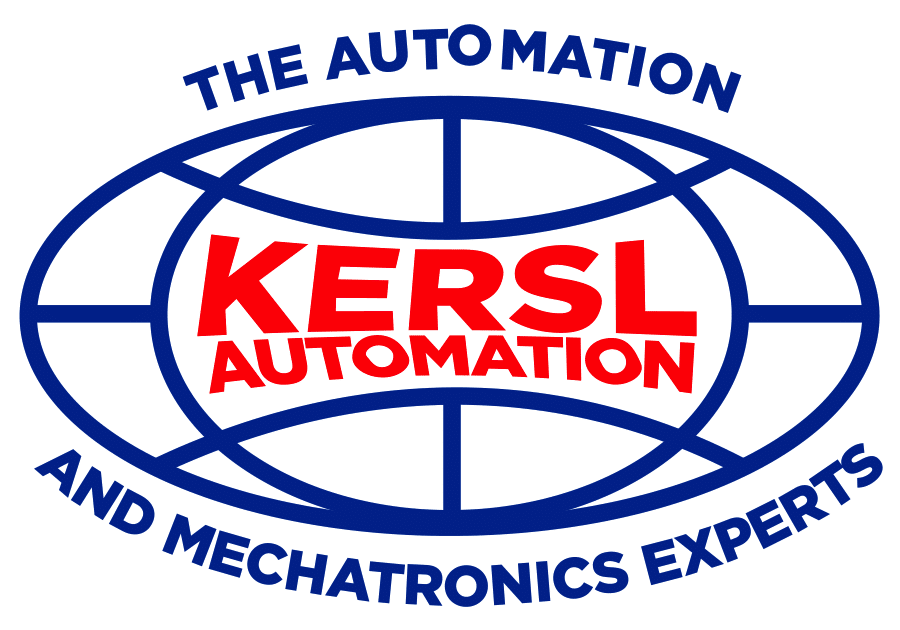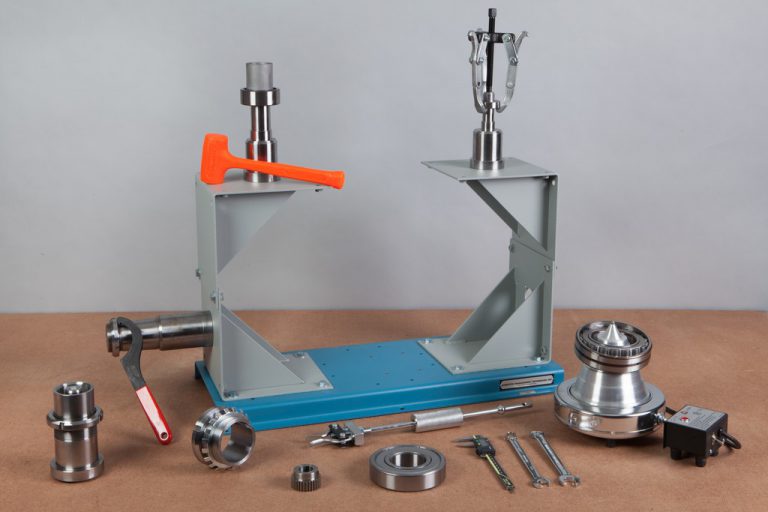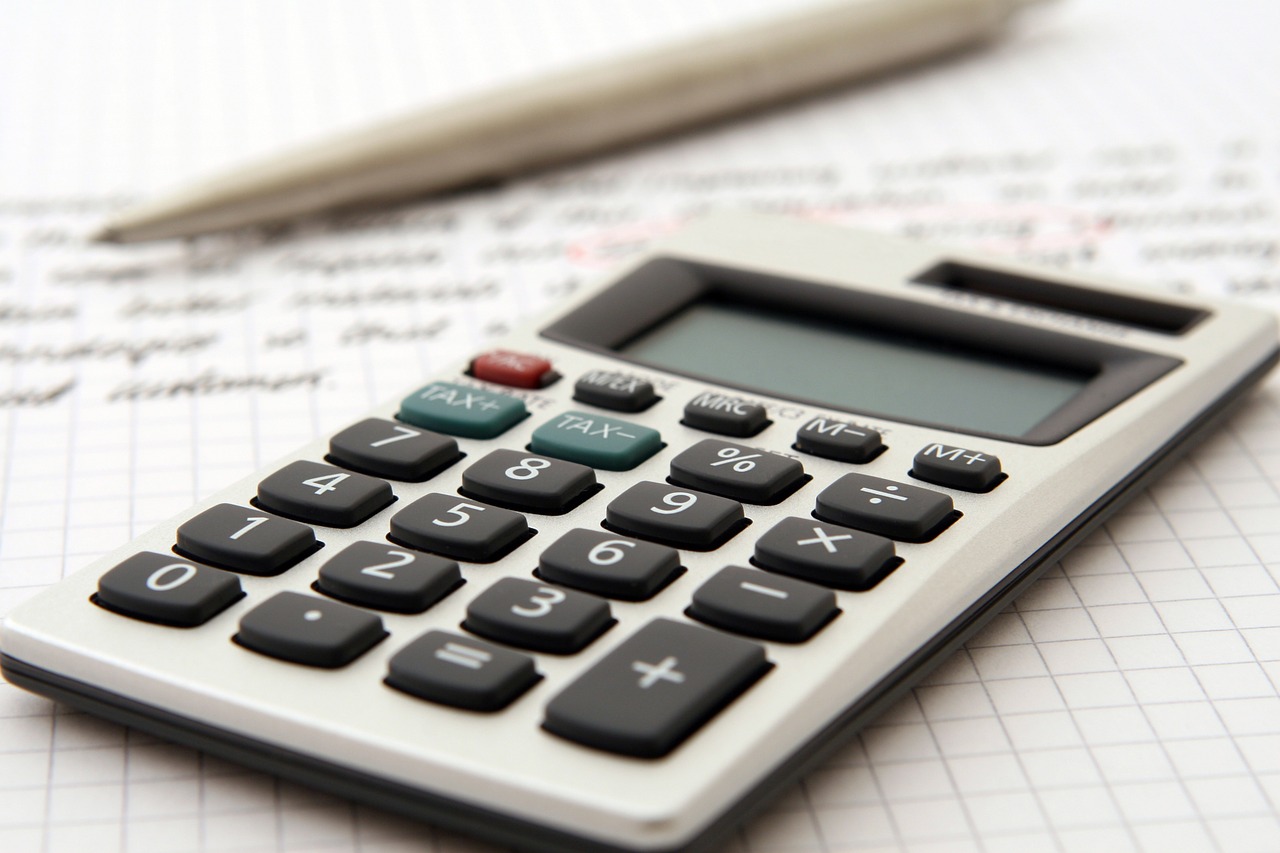Basic Mechanical Components and Measurement Tools
Basic Mechanical Components and Measurement Tools
COURSE CODE: KCBMCM-02
Credit Value: 2.0
Learning Outcomes:
On completion of this course the student will be able to:
- Demonstrate an understanding of linear measurements on the shop floor
- Demonstrate an understanding of hand tools used on the shop floor
- Demonstrate an understanding of the mechanical components that form the fundamental building blocks of mechanical machines.
- Demonstrate an understanding of the principles of bearing operation and lubrication.
Demonstrate an understanding of linear measurements on the shop floor
Objectives:
- Understand linear measurement fundamentals and common errors made in making linear measurements.
- Understand the fundamental applications of a combination square in English and Metric units.
- Understand the fundamental applications of a combination square with center head in English and Metric units.
- Understand the Vernier Scale as a measurement scale or system.
- Understand the applications of the vernier caliper in English and Metric units.
- Understand the application of dial caliper in English and Metric units.
- Understand the application of the digital caliper in English and Metric units.
- Understand the application of the vernier micrometer in English and Metric units.
- Understand the applications of the digital micrometer in English and Metric units.
- Understand the care and maintenance of measuring devices.
Demonstrate an understanding of hand tools used on the shop floor
Objectives:
- Understand the major types of hammers, chisels, pliers, wrenches, screwdrivers and punches and be familiar with their functions.
- Understand how to use hacksaws.
- Be familiar with twist drills and demonstrate their use
Demonstrate an understanding of the mechanical components that form the fundamental building blocks of mechanical machines.
Objectives:
- Understand the definition of Mechanical Advantage for the following components and demonstrate familiarity with their common applications: (a) pulley; (b) wheel; (c) lever; (d) inclined plane; (e) screw.
- Be familiar with the common applications of a wedge.
- Be familiar with levers as machine elements and be able to calculate force and distance adjustments in simple lever applications.
- Be familiar with the cranks as machine elements.
- Be familiar with linkages and how they function.
- Be familiar with the four bar linkage and its variations.
- Be familiar with springs as machine elements.
- Identify simple machine elements in compound machinery
- Be able to recognize the major types of cams.
- Be familiar with the components of cam applications.
- Be able to measure the relationship between cam shape and stroke length in a given application.
- Be able to measure the relationship between cam shape and stroke timing in a given application.
- Be familiar with cam maintenance techniques.
- Be able to identify machine elements in cam applications.
- Be familiar with the elements of machine timing.
- Be familiar with the interaction of timing elements.
- Be familiar with the installation and use of timing wheels.
- Be able to cconstruct standard and bar timing charts.
- Be familiar with basic timing adjustments.
- Be able to make basic timing adjustments using the Elementary Timing Model.
- Be able to chart basic timing adjustments for the Elementary Timing Model.
Demonstrate an understanding of the principles of bearing operation and lubrication.
Objectives:
- The student will understand the following:
- bearing technology.
- the characteristics and functions of plain bearings.
- the characteristics and functions of ball bearings.
- the characteristics and functions of roller bearings.
- rotational forces on shafts and bearings.
- the characteristics and functions of thrust bearings.
- standard mounts and mounting techniques.
- bearing lubrication.
- bearing maintenance technique.



